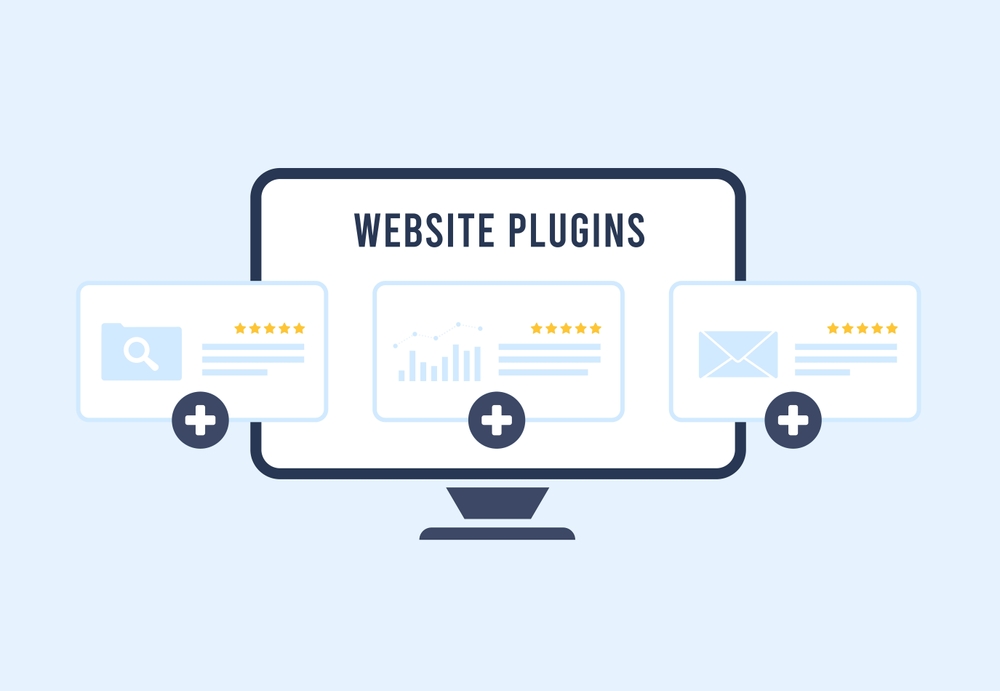Python for Backend Web Development: Unlocking Scalability and Speed
Introduction: Python in Backend Web Development
Python has become a powerhouse in backend web development, known for its simplicity, efficiency, and a vast array of libraries and frameworks. From handling server-side logic to database interactions, Python ensures that developers can create scalable and high-performing backend systems. In this guide, we’ll explore the advantages of backend development with Python, the best frameworks, and best practices for crafting efficient web applications.
Why Choose Python for Backend Development?
Python’s versatility and robust features make it a top choice for backend development. Here’s why:
1. Easy to Learn and Use
Python’s readable syntax reduces the learning curve, enabling faster development and easier debugging.
2. Scalable Frameworks
Frameworks like Django and Flask allow developers to build applications that grow seamlessly with user demand.

3. Extensive Libraries
Python offers a rich set of libraries for everything from database management to API creation.
4. Cross-Platform Compatibility
Applications written in Python run on all major platforms, ensuring broad accessibility.
Popular Python Frameworks for Backend Development
1. Django: The All-in-One Solution
Django is a high-level framework known for its “batteries-included” philosophy, offering tools like ORM, authentication, and routing out of the box.
Features:
- Rapid development with minimal coding.
- Built-in admin interface for data management.
- Security features like CSRF protection.
2. Flask: Lightweight and Flexible
Flask is a micro-framework designed for simplicity and flexibility, making it ideal for small to medium-sized applications.
Features:
- Minimal setup with a modular design.
- Full control over component integration.
- Perfect for creating RESTful APIs.
3. FastAPI: Built for Speed
FastAPI is an asynchronous framework known for its high performance and automatic documentation generation.
Features:
- Asynchronous request handling for real-time applications.
- Type hints for data validation.
- Support for WebSocket and GraphQL integrations.
Building a Backend with Python: Key Considerations
1. Database Management
Python integrates seamlessly with databases like PostgreSQL, MySQL, and MongoDB through ORMs like SQLAlchemy and Django ORM. Example:
from sqlalchemy import create_engine, Column, Integer, String, Base
engine = create_engine(‘sqlite:///example.db’)
Base.metadata.create_all(engine)
2. RESTful API Development
Frameworks like Flask and FastAPI simplify API creation. For example:
from flask import Flask, jsonify
app = Flask(__name__)
@app.route(‘/api/data’, methods=[‘GET’])
def get_data():
return jsonify({“message”: “Hello, World!”})
if __name__ == “__main__”:
app.run(debug=True)
3. Authentication and Security
Ensure secure access with tools like OAuth, JWT, and built-in Django authentication systems.
4. Asynchronous Processing
Use libraries like Asyncio and frameworks like FastAPI for handling high-concurrency workloads.
Advantages of Python for Backend Development
1. Scalability
Python frameworks enable the creation of scalable architectures to handle growing traffic and data.
2. Rapid Development
Python’s straightforward syntax speeds up coding, testing, and deployment.
3. Strong Community Support
A vast Python community provides extensive documentation, tutorials, and pre-built solutions for common challenges.
Use Cases for Python in Backend Development
1. E-Commerce Platforms
From inventory management to payment processing, Python powers robust e-commerce backends.
2. Social Media Applications
Python handles complex functionalities like real-time chat, notifications, and user management.
3. Data-Driven Applications
Python’s data-processing libraries, such as Pandas and NumPy, make it a go-to for analytics-heavy applications.
4. IoT and Automation
Python APIs streamline data collection and control in IoT ecosystems.
Challenges in Backend Development with Python and Solutions
1. Performance Limitations
Python’s interpreted nature may slow down execution for resource-intensive tasks.
Solution: Optimize with libraries like Cython or deploy using high-performance servers like Gunicorn.
2. Dependency Management
Large projects may face issues with conflicting dependencies.
Solution: Use virtual environments and tools like Pipenv.
3. Debugging Complex Systems
Multi-layered backend systems can complicate debugging.
Solution: Employ logging libraries like Loguru and debugging tools like PDB.
Best Practices for Python Backend Development
1. Modular Coding
Organize code into reusable modules for better maintainability.
2. Test-Driven Development (TDD)
Use Python’s built-in unittest framework to write and execute tests early in the development cycle.
3. Use Caching
Implement caching solutions like Redis or Memcached to improve response times.
4. Continuous Integration/Deployment (CI/CD)
Automate testing and deployment using platforms like Jenkins or GitHub Actions.
Future of Python in Backend Development
With advancements in AI and machine learning, Python’s role in backend development continues to evolve. Tools like TensorFlow and PyTorch integrate seamlessly into backend systems, enabling predictive analytics and intelligent automation.
Conclusion: Python’s Place in Backend Excellence
Python has cemented its position as a leader in backend development due to its flexibility, ease of use, and expansive ecosystem. Whether you’re building APIs, managing databases, or handling asynchronous tasks, Python equips developers with the tools to create scalable and efficient systems.
Looking to enhance your backend capabilities? Contact us for expert assistance in backend development with Python.
External Resources
Flask Documentation
Django REST Framework
Explore more related articles to deepen your understanding and make informed choices about graphic design techniques
WordPress Website Developer: Expert Solutions for Your Online Presence
Custom WordPress Development: Tailored Websites for Your Business







